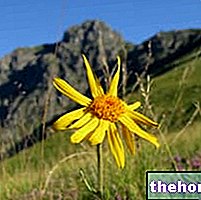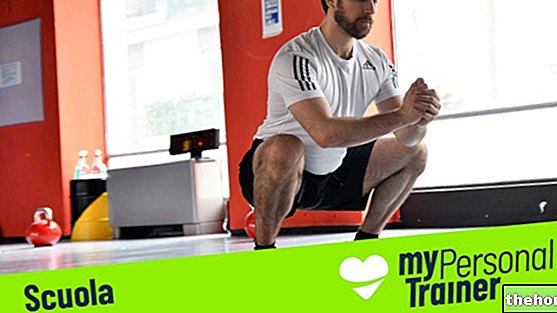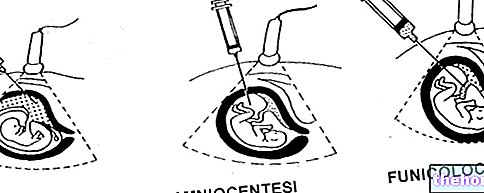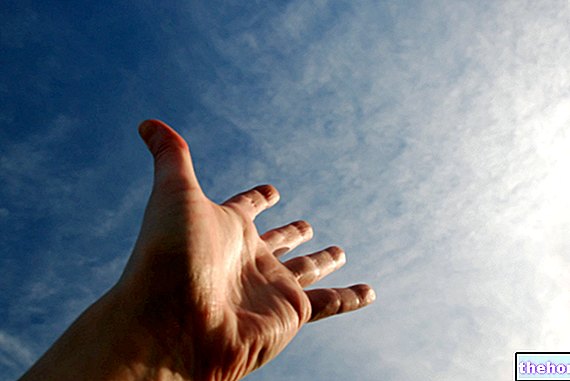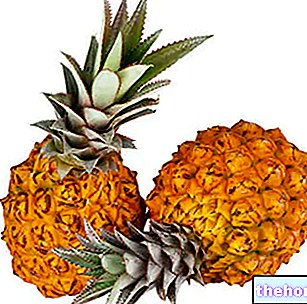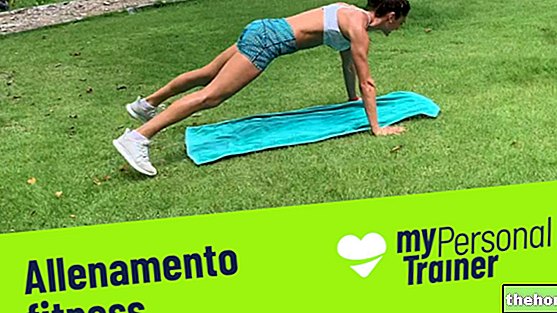Watch the video
- Watch the video on youtube
curated by Selena Mercandelli and Elena Vitale
The Greeting to the Sun, in its many variations, is a dynamic practice that introduces any type of yoga discipline. It is a complete sequence that includes 12 or more positions, performed as a moving dance that synchronizes movement and breath in a rhythmic and dynamic flow, moving from one position to another.
and brings clarity to the mind. It is an excellent form of warm-up that prepares the spine for practice. Six Greetings to the Sun every morning are enough to give the body the right vigor and start the day in the best possible way.
If your energy level drops during the day, practicing the Sun Salutation helps raise it. This small sequence is in itself a complete practice that tones the whole body, makes it more flexible and revitalizes the entire psychophysical system.
, or multiples of six or twelve, up to 108. Six is the minimum number, for beginners 3 + 3.
The Sun Salutation illustrated in the opening video of the article is the classic Sun Salutation of Hatha Yoga.
Each sun salutation begins by positioning itself at the beginning of the mat, in the Mountain Position (Samasthiti), an asana of deep listening that allows you to become aware of the whole body.
The feet are joined and well rooted to the ground with the ankles in contact, the legs strong with the knees soft, the pelvis slightly retroverted, the abdomen strong, the shoulders wide open, the heart open, the arms along the body.
The eyes are closed and the inner gaze is directed to the point between the eyebrows, where the sixth Chakra (Anja), seat of intuition, is located.
The hands are brought to prayer in front of the heart, with the thumbs in contact with the breastbone and fingers are well joined and sealed in a powerful gesture (Mudra). The chin is slightly bent forward to free the cervical.
In Yoga practice, one always breathes through the nostrils, inhaling and exhaling slowly and deeply, trying to match the inhalation and exhalation times.
Before starting, you can try to stay for a few moments in Samasthiti at the beginning of the mat with your eyes closed, trying to feel the breath rise and fall along the spine.
Then, bring your hands in prayer in front of your chest, inhale, raise your arms to the sky and flex your torso slightly backwards.
Exhale, lean forward and bring the palms of the hands to the ground and the forehead towards the shins, keeping the legs straight or, if it is too difficult, flexing the knees slightly.
Take a long step back with the right leg and place the knee on the ground. Inhale, open the chest and look up. Exhale, bring the left leg back and enter the Downward Dog (Adho Muka Svanasana) position.
Inhale and bring the knees to the ground, rest the chest and chin and enter the Position of the Eight Supports (Ashtanga Namaskar).
Inhale, slide forward with the body and enter the Cobra position (Bhujangasana), the chest is open, the shoulders are open and away from the ears, the arms are close to the body.
Bend the knees, point the feet and return to the Downward Dog (Adho Muka Svanasana), place the left foot in the hands. Inhale, exhale close the position, bring the forehead towards the shins, join the palms of the hands and, inhaling, stretch upwards and flex slightly backwards.
Now repeat everything on the other side.
and the mind, is a preparation for all kinds of yoga practice and also for meditation.It brings physical and mental benefits to the body, improves flexibility, improves posture, strengthens muscles and bones. If practiced consistently, it helps speed up metabolism, improve blood circulation, oxygenate the tissues, detoxify the body, relieve stress and clear the mind.
We just have to get all on the mat!









